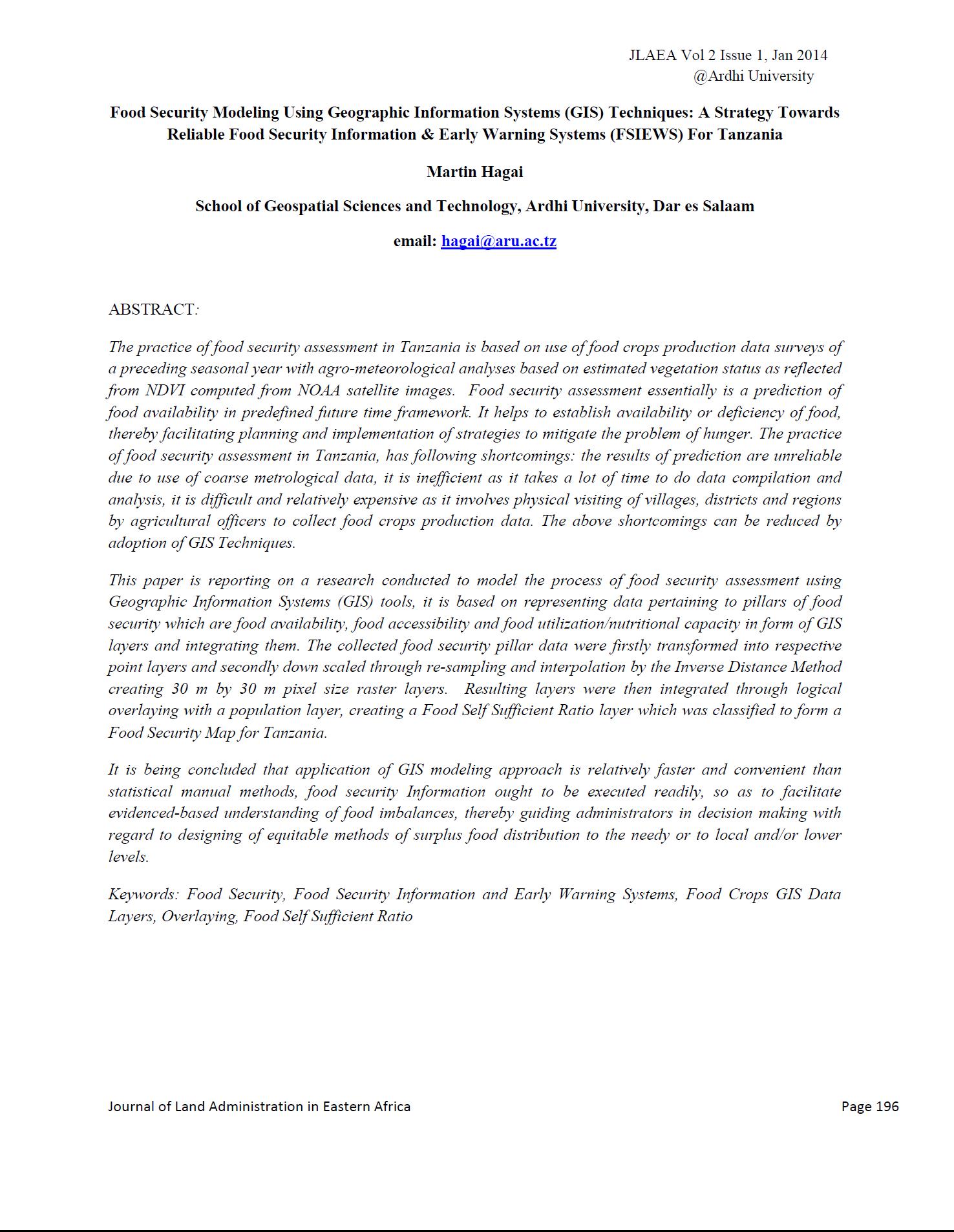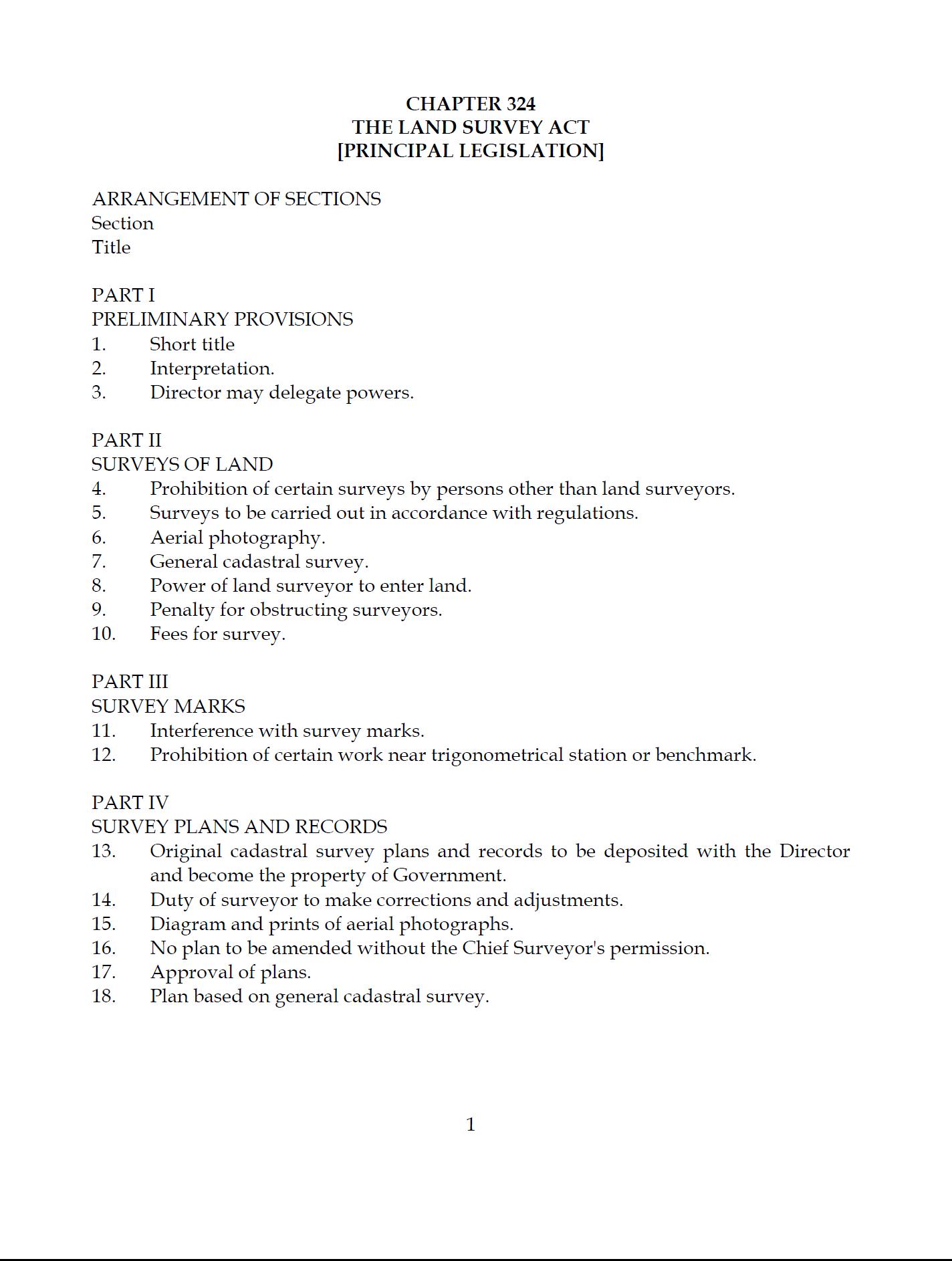Mount Kilimanjaro Orthometric Height by TZG08 Geoid Model and GPS Ellipsoidal Heights from 1999 and 2008 GPS Campaigns
The aim of this paper is to compute a more accurate orthometric height of Mount Kilimanjaro by utilizing the current most precise geoid model for Tanzania, TZG08, together with the 1999 and 2008 GPS campaigns ellipsoidal heights using GPS levelling method.
The result of the GPS levelling using TZG08 gravimetric geoid model and the Kil_1999 and KILI2008 GPS ellipsoidal heights is that the orthometric height of Mount Kilimanjaro is 5,894.94m. Therefore the orthometric height of Mount Kilimanjaro is practically the same as the 1952 official height of 5,895m.






